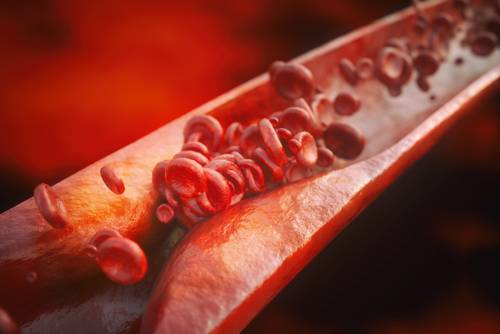Testing five blood biomarkers while taking into account clinical characteristics of children with newly diagnosed juvenile idiopathic arthritis (JIA) can help predict their disease activity in the short term, a study has found.
By predicting disease progression, the test may allow physicians to determine who will need more aggressive treatment upfront, researchers suggested.
The study, “Clinical and associated inflammatory biomarker features predictive of short-term outcomes in non-systemic juvenile idiopathic arthritis,” was published in the journal Rheumatology.
JIA includes a diverse group of diseases that are classified according to clinical symptoms and severity within the first six months of disease.
The original purpose of the JIA classification system was to define groups of patients who are likely to have the same disease course and treatment responses. However, even within the same JIA category, patients often exhibit different disease courses and outcomes.
As such, the current classification system, which is based on clinical characteristics alone, does not reliably predict favorable or unfavorable outcomes in children.
The development of biologic therapies has led to improved JIA outcomes. Yet, deciding on an appropriate treatment regimen with biologics would benefit from knowing whether the patient will do poorly if treated less aggressively.
While previous studies identified clinical predictors of poor prognosis, biomarker profiling — in combination with clinical characteristics — can help predict disease course and determine treatment regimens.
Canadian researchers set out to identify if such a combination could help predict disease activity 18 months later. Clinical and biomarker data were collected at the time of JIA diagnosis in 82 children with non-systemic JIA (age range 4–15 years).
Among the different disease types, polyarticular JIA was the most common, being found in 43 children.
Among the outcome measures used to assess disease activity were active joint count (those with active disease) and a physician global assessment.
Results showed that 13 of the 112 evaluated characteristics effectively predicted outcomes at 18 months. These included age, number of active joints, wrist, ankle and/or knee involvement, erythrocyte sedimentation rate (an indicator of inflammation), as well as having antinuclear antibodies, which indicate autoimmune disease.
In addition, five pro-inflammatory blood biomarkers also were identified as predictors of inactive disease. They were interleukin (IL)-10, IL-17, IL-12p70, soluble low-density lipoprotein receptor-related protein 1, and vitamin D.
Eighteen months later, 62–83% of children had inactive disease depending on the specific clinical outcome measure.
Use of clinical characteristics alone predicted inactive disease after 18 months with a 72–80% accuracy. Notably, the combination with the biomarker panel showed greater accuracy in predicting inactive disease at the same time interval (79–83%).
“A panel of five plasma biomarkers combined with clinical features at the time of diagnosis more accurately predicted short-term disease activity in JIA than clinical characteristics alone,” the scientists wrote.
If the results are validated in other groups of people with JIA, using this combination “may guide more rationally conceived, biologically based, personalized treatment strategies in early JIA,” they added.

